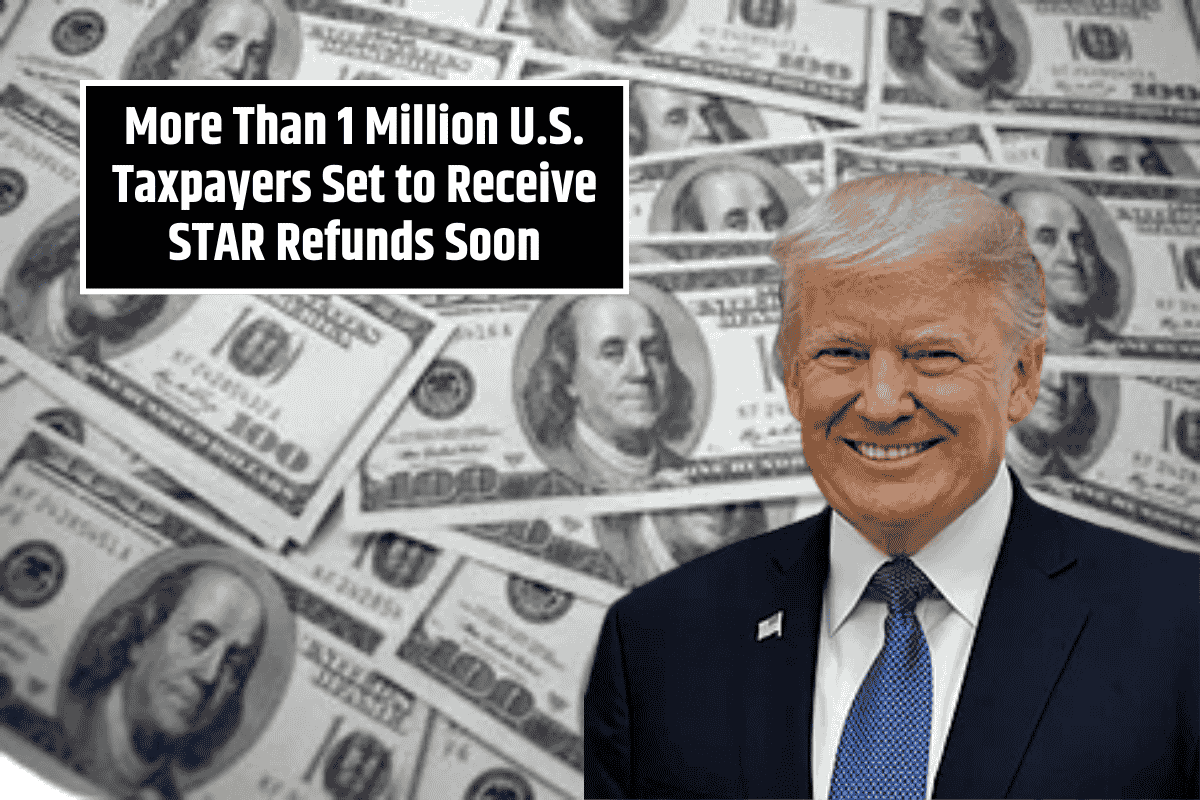Millions of Americans are finally getting some financial relief this fall—not through a massive new stimulus bill, but through a mix of IRS refunds and state-level programs.
While the federal government is issuing its final wave of pandemic-era payments, states like New York are continuing with their yearly relief checks, easing the burden of high living costs. Together, these efforts are putting real money back into people’s pockets at just the right time.
The IRS’s “Found Money” Initiative
The Internal Revenue Service is making one last push to deliver unclaimed money from the 2021 Economic Impact Payments. Back when the third stimulus checks of up to $1,400 per person were sent out, millions of eligible taxpayers were supposed to claim them through the Recovery Rebate Credit on their 2021 tax returns.
But about a million people missed out—either by skipping the line or entering the wrong figure. Now, after an internal review, the IRS has identified those taxpayers and is automatically sending out the missing payments.
Key points to note:
Payments started in late 2024 and are continuing through this fall.
Many individuals are receiving the full $1,400 per person.
A family of four could see a surprise deposit of $5,600.
No action is needed if you filed a return—the IRS will issue the payment automatically.
Non-filers had until April 15, 2025, to claim their missing money.
For many families, this unexpected windfall feels like finding cash in an old coat pocket—only the amounts are much bigger.
New York’s STAR Program: Annual Relief for Homeowners
While the IRS ties up loose ends, states are continuing with their own relief. In New York, the School Tax Relief (STAR) program provides critical help for homeowners dealing with steep property taxes.
The STAR benefit isn’t a one-off check; it’s an annual support system that reduces school tax bills. Here’s how it works:
Basic STAR: For most homeowners earning under $500,000, typically worth a few hundred dollars.
Enhanced STAR: For seniors aged 65+, often worth over $1,000 and sometimes up to $1,500.
Governor Kathy Hochul’s office estimates that the program returns $2.2 billion to nearly 3 million New Yorkers every year. For families juggling bills, this is often the most meaningful form of tax relief they receive.
Relief Across the States
The broader picture in 2025 is a patchwork of financial aid programs. Alaskans are getting their Permanent Fund Dividend, worth about $1,700 this year, funded by oil revenues. Other states like California and Pennsylvania are experimenting with guaranteed income pilots or one-time rebates.
On the federal level, lawmakers continue to push tax-related relief, such as the new “No Tax on Tips” deduction included in the recently passed economic package. While not direct checks, these measures are still aimed at giving workers and families some breathing space.
This fall’s relief story shows how economic support in America has shifted from big, sweeping stimulus packages to a mix of targeted programs. Between the IRS’s final pandemic payments and ongoing state-level initiatives like New York’s STAR program, families across the country are seeing real financial help.
For some, it’s surprise cash from the federal government; for others, it’s annual property tax relief. Either way, these checks and credits are making a meaningful difference at a time when the cost of living keeps climbing.
